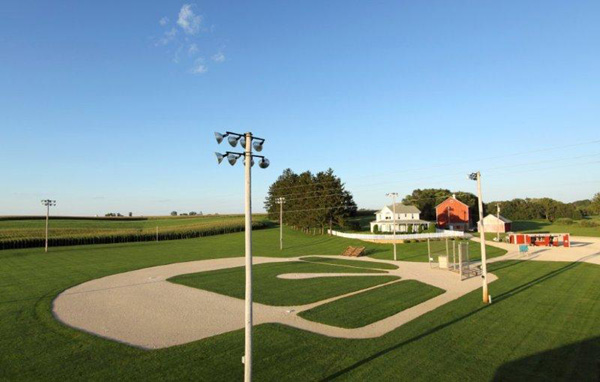
Are you focused on the visual aspects and the functionality of the websites you build or the content and strategy to disseminate said same content? For example, I’m not a designer and over the last 15 years I’ve let my coding skills go in favor of developing sales and marketing expertise. So I build sites using the WordPress platform and building blocks that can be added on and plugged into that platform. However, there are tradeoffs when you choose the building vs. developing approach.
Developing a WordPress site from scratch
If you’re a developer and you’ve done your homework, building a site using WordPress can be a relatively quick process. Compared to building a site completely from scratch, creating a theme and adding plugins to make a WordPress site look and behave the way you want it to is fairly simple. The problem is you still need time to design a site and then create the code to make it functional. While I know a handful of folks who can do both, it’s more likely you will need a designer and a developer to do it correctly and quickly.
The upside is that while this approach will cost you more, you will get exactly the site you want. Also, your site won’t look like hundreds or thousands of others that have utilized free and premium themes available to quasi-customize the WordPress look and functionality to what you want. According to my friend Heather Acton, you’ll also end up with a site that has less “bloat.” Bloat isn’t good for a bunch of reasons; including the speed with which your site loads and the amount of space you take up on the servers hosting your site. Heather also tells me that makes you less “green.”
Build it, strategize, create, promote, engage
If you have enough technical knowledge to get WordPress installed and then track down a pre-built theme and plugins that solve most of your problems, you can be up and running pretty quickly. I’ve written about those details before but know that it’s an option to having a developer and designer build a site for you. Either way, step one is to build a site with the look and functionality you require.
In truth, you should probably develop a strategy for what the site will do and who it will serve before you build the site. This process normally happens pretty quickly once you have an idea for a unique site. Create a little content to make sure this is a topic you’ll be comfortable writing about. In addition, no one wants to visit a new blog with only a few posts published. Before you go live, have a dozen or more posts ready. If you can write a dozen posts, I suspect keeping the blog going won’t be a content creation problem.
Now you’ve built a site and populated it with starter content. The next step is to promote that content. Email your friends and family and ask for feedback. Also ask that if they like the site that they share it with a few of their friends. Once this “test marketing” is done, you can begin to promote to your wider social media and professional networks. Tweet about new posts. Share them on Facebook, LinkedIn and Google+.
The social media engagement component
When people begin to talk back to you in the social space or blog via blog comments, take the time to engage and respond. This is the step so many people fail to recognize is important. We are all equally busy, but we are also equally bombarded by far more content than we can possibly consume each day. When folks take the time to not only read your content but talk with you about it, you should feel honored and obligated to talk back.
Oh and should you be worried about how you scale that engagement when you have thousands of readers each day, I suggest you cross that bridge when you get to it. When it happens, it will be a good problem to have. Good problems are fun to solve.